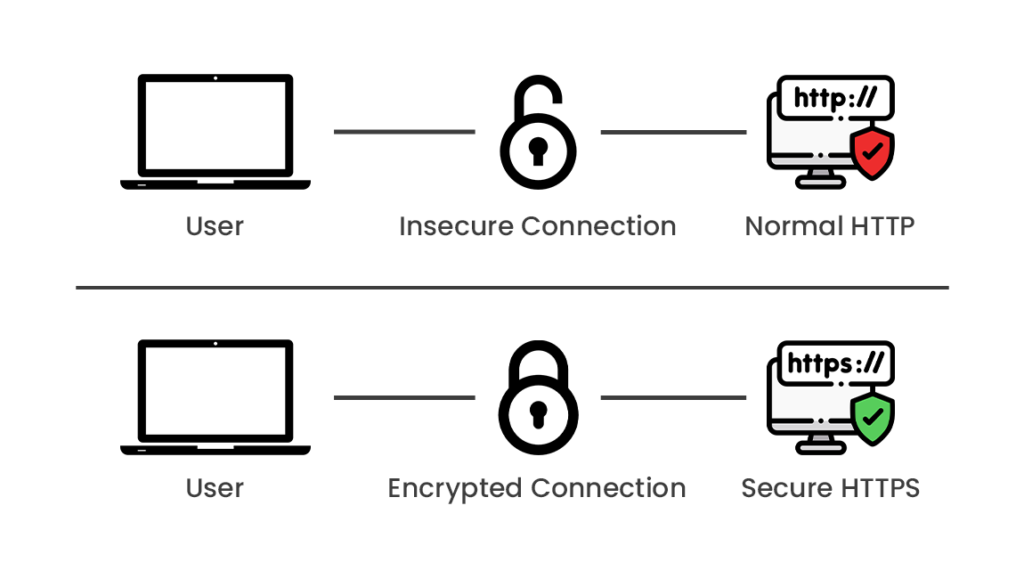Table of contents
HTTP vs HTTPS:
The original edition of HTTP was introduced in 1989 and five years later its secure and encrypted version called HTTPS was introduced. Protocols are at the application layer is called HTTP , basically it is a set of rules that determines how information can be transferred online on the internet.
HTTP stands for Hyper Text Transfer Protocol and HTTPS stands for Hyper Text Transfer Protocol Secure

In HTTPS this security and encryption is provided using SSL/TLS.
SSL/TLS
SSL(Secure Socket Layer) and TLS(Transport Layer Protocol) is cryptographic protocol. It basically ensures a secure communication between client and server by providing encryption.

This encrypted data ensures confidentiality , integrity and authenticity.
SSL: The older protocol, widely used in past and now deprecated due to security vulnerabilities.
TLS: The modern more secure successor of SSL, which is now mostly used.
HTTPS (HTTP secure) is based on this SSL/TLS. These protocols provide encryption by establishing a secure connection using private key and public key pairs during the cryptographic handshake. This process ensures that sensitive data cannot be accessed by unauthorized bodies.
HTTP Status Code
During client-server Interactions , based on different requests from client we get different responses from the server. For simplicity this response is associated with different status codes. Lets’ explore common HTTP codes—-

HTTP Methods:
During client-server interactions these HTTP Method works as verbs, defining the type of actions client wants to perform on server. Let’s explore common HTTP Methods
